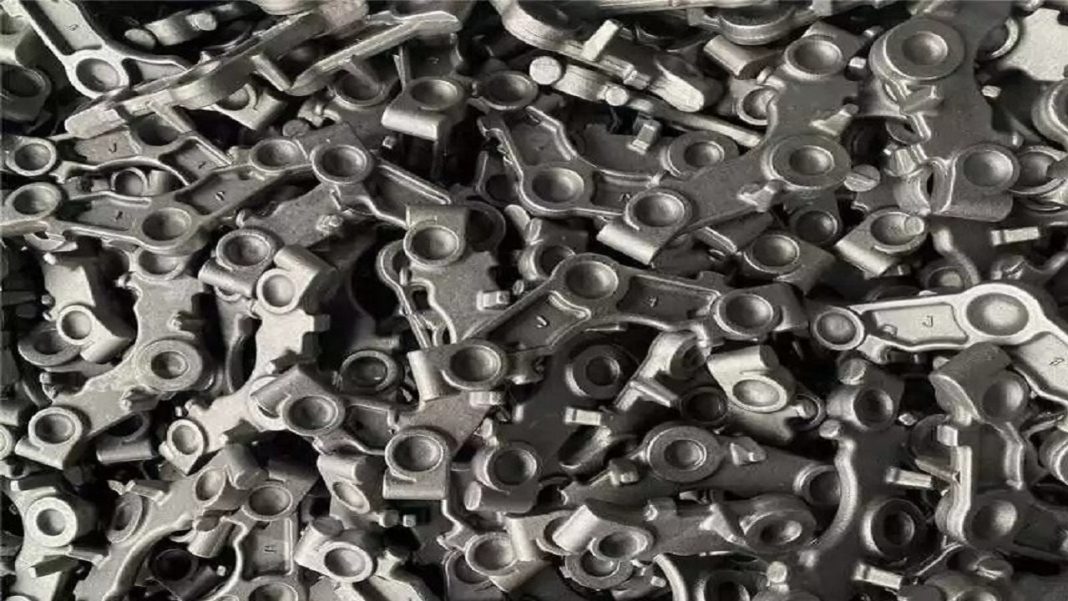When it comes to crafting the components that power our electric bikes (eBikes), there’s a fascinating choice to make: Which material should we use? The world of forging technology has opened up new possibilities, making it an exciting era for eBike enthusiasts. Material selection plays a pivotal role in shaping the performance and character of these electric companions. You can read more here in this article if you want to enhance your knowledge about the material used in electric motorcycle parts.
Aluminum Alloys
Aluminum is a material that’s incredibly light yet exceptionally strong. That’s the magic of aluminum alloys. They’ve become a darling of eBike manufacturing and for a good reason. Aluminum is like the superhero of lightweight materials, making it a superb choice for crafting eBike frames, wheels, and various other parts where shedding weight is a top priority.
Aluminum alloys also offer a stunning strength-to-weight ratio, ensuring that eBike components retain their durability and reliability. They’re also naturally resistant to corrosion, adding to the longevity of these parts.
Steel Alloys
On the other side of the spectrum, we have steel alloys known for their exceptional strength and ruggedness. While steel might be a tad heavier than aluminum, it brings a level of robustness that’s hard to beat. This makes steel a top choice for eBike components that need to withstand heavy-duty use, like handlebars and forks.
Steel alloys also excel in impact resistance, offering extra protection in case of unforeseen accidents. This makes them a solid choice for electric motorcycles, where added weight can be balanced by the vehicle’s larger size and power.
Tailoring the Choice to the Application
The decision between aluminum and steel alloys should align with the specific application and usage requirements:
Frame Construction
Aluminum’s lightweight nature makes it the darling for eBike frames, providing nimbleness and energy efficiency. However, for robust electric motorcycles, where durability and strength are paramount, steel might be the go-to option.
Component Weight
Think about the role of the component. If shedding weight is vital, like for wheels and handlebars, then aluminum shines. However, steel can be the hero for parts that need extra muscle.
Budget Concerns
The cost of materials can sway the decision. Generally, aluminum is more budget-friendly than high-strength steel alloys. Budget constraints could dictate the material choice for eBike manufacturers.
Customization
Some manufacturers might get creative and blend both aluminum and steel alloys to optimize performance. It’s all about striking that perfect balance to cater to specific component needs.
Forging Magic: Elevating Material Properties
No matter which material you choose, remember that the forging process is like the secret sauce that elevates material properties. Forging involves heating the chosen material to a precise temperature and then subjecting it to carefully controlled pressure and shaping. This process works wonders, enhancing strength, toughness, and structural integrity, whether it’s aluminum or steel.
Conclusion
Material selection is a thrilling crossroads in the journey of forging eBike parts. Aluminum alloys bring lightweight prowess and corrosion resistance, while steel alloys deliver unmatched strength and durability. Manufacturers must consider their eBike designs, financial considerations, and performance goals when deciding between these materials. Furthermore, the forging process itself injects a dose of magic, ensuring the production of top-quality and dependable eBike components that meet the demands of the market and the joys of riders.










